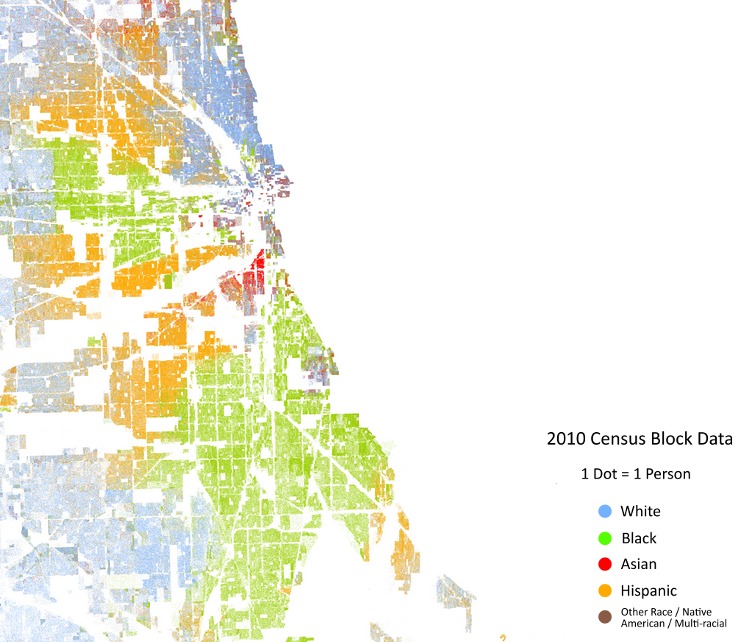OK, I have to say it. I believed the critiquer, Arthur Lubow, played the "race card" at the opening to attract attention to his article. Effective in the current environment.
Lubow makes a major point about the first two windows be occupied by white people and the last two windows being black people, i.e. whites in the front of bus, blacks in the back. Absolutely normal 65 years ago back in 1955 when Frank make this photo. I do not contend this was proper but simply normal practice. Nothing culturally notable about it. Even to Robert Frank, who was Swiss, a country who also had racial discrimination. And Lubow's comment about the black people in the frame appearing despondent is not apparent to me but seems to be something he imagines.
I have been familiar with this photo for decades. Never assigned any significance to the racial placement of the passengers. And I have been involved with racial issues for many years. Besides, I am white with traces of sub-Saharan ancestry, married to a Cuban of mixed ancestry.
I rode municipal buses in the deep south in 1955 when this photo was made. Nothing of significance at that time about whites in front and blacks in back. Simply the way it was. Not right, just the way it was until Rosa Parks in Montgomery Alabama that same year.
Google "elliott erwitt segregated water fountains" if you want to see an effective portrayal of racial segregation during those times. Robert Frank was an excellent student capturing of American culture. If he wanted to portray racial segregation, he would have made a comparable photo.
I can accept most of Lubow's commentary as normal "critique speak". But assigning so much significance to the racial overtones seems grandstanding to me.


